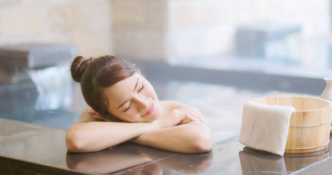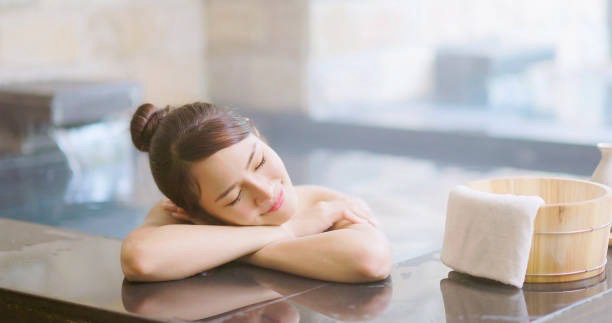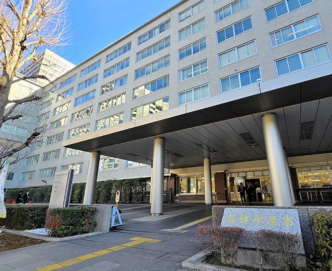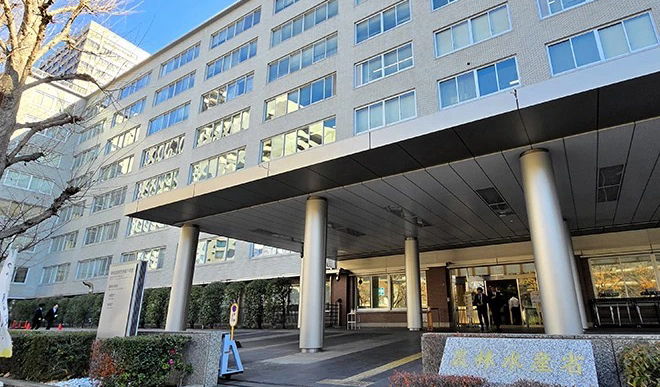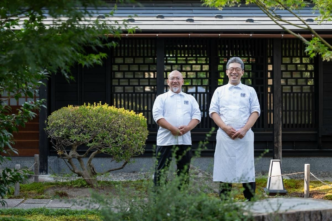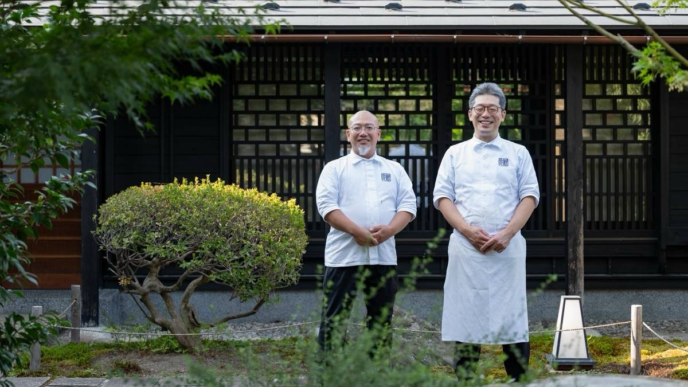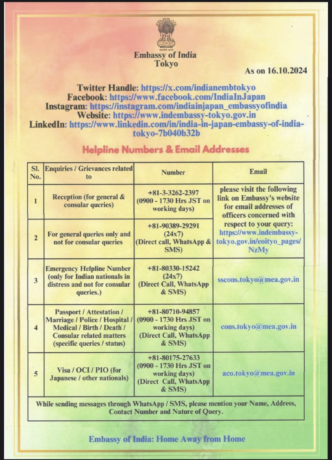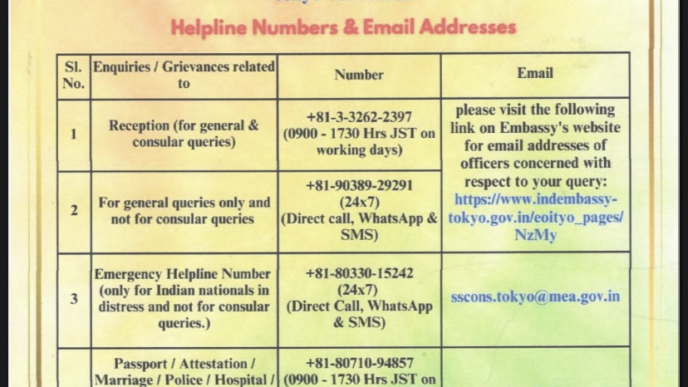Understanding the Risks of Sudden Temperature Changes
As winter settles in across Japan, many people turn to hot baths for warmth and relaxation. However, experts warn that a sudden change in temperature—known as heat shock—can pose serious health risks, especially for the elderly.
A 2022 health ministry survey revealed that 5,824 people aged 65 and older died in bathtubs at home or in residential facilities—more than double the number of traffic accident fatalities that year. This highlights the hidden danger of winter bathing in Japan.
What is Heat Shock?
Heat shock occurs when the body experiences a rapid shift in temperature, triggering a dangerous fluctuation in blood pressure. This can lead to:
• Dizziness and fainting
• Heart attacks
• Strokes
• Drowning in the bathtub
How Heat Shock Happens in Winter?
In Japan, bathrooms and changing areas are often cold, while the bathtub itself is filled with hot water (typically 40°C or higher). This extreme contrast between cold air and hot water puts immense stress on the heart and blood vessels.
Key Statistics on Bath-Related Deaths in Japan
• Over 5,800 bathtub deaths in 2022 (primarily among seniors).
• More than double the number of traffic fatalities that year.
• Many cases linked to heat shock caused by rapid temperature shifts.
• Highest occurrences in winter months when home heating is insufficient.
How to Prevent Heat Shock While Bathing
1. Keep the Bathroom Warm
• Use a space heater or turn on the shower with hot water before bathing to warm the room.
• Close windows and doors to prevent drafts.
• Maintain an even temperature between the bathroom and living area.
2. Adjust Water Temperature
• Avoid overly hot water—set the bath temperature to 38-40°C instead of higher temperatures.
• Gradually immerse your body rather than entering the hot water too quickly.
3. Hydrate Before and After Bathing
• Drink a glass of water before entering the bath to prevent dehydration.
• Avoid alcohol before bathing, as it increases the risk of fainting.
4. Limit Bathing Time
• Stay in the bath for no more than 10-15 minutes to prevent overheating.
• If you feel lightheaded, exit the bath immediately.
5. Use Safety Features for Elderly Individuals
• Install grab bars to help prevent falls.
• Use non-slip mats to avoid slipping when getting in and out.
• Consider bath alarms or have a family member check in for added safety.
Who is Most at Risk?
While heat shock can affect anyone, certain groups face higher risks:
• Elderly individuals (65 and older).
• People with high blood pressure or heart disease.
• Those with poor circulation or existing vascular conditions.
• Individuals who bathe alone without supervision.
The Growing Concern Over Winter Bathing Deaths in Japan
Despite its relaxing benefits, traditional bathing in Japan comes with hidden dangers. The rising number of bath-related fatalities has prompted health authorities to raise awareness about heat shock prevention.
By following simple safety measures, individuals can continue to enjoy Japan’s winter bath culture while reducing risks. As the cold season approaches, taking precautions can save lives—especially for vulnerable populations.
For more safety tips, always refer to official health guidelines and consult a medical professional if you have underlying health conditions.
Source: https://www.istockphoto.com/photos/woman-hot-spring
